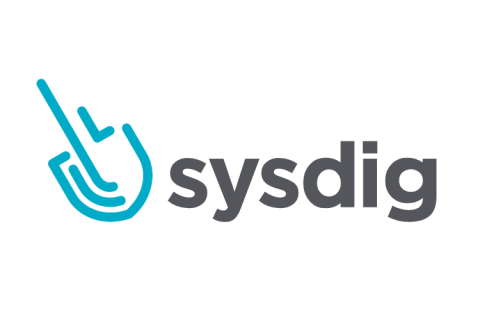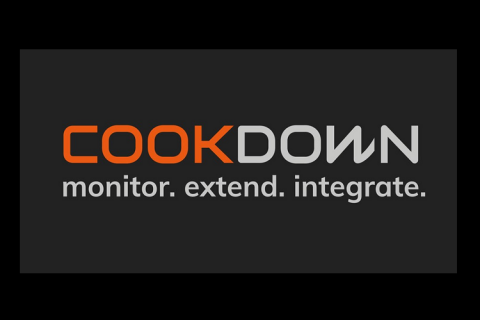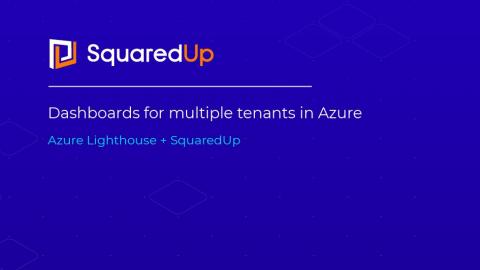Hashicorp Waypoint vs Heroku: What is the best PaaS for your team?
This week, Hashicorp announced the launch of their new product - Waypoint - aiming to simplify the way developers build and run apps in the Cloud and on any platform (like Kubernetes). The project is open source and is well adopted by the dev community. As CEO and co-founder of Qovery, I am enthusiastic to see this product live. At Qovery, we believe in making the developer’s life easier, and seeing big Open Source companies moving in this direction is a good thing for all of us.











